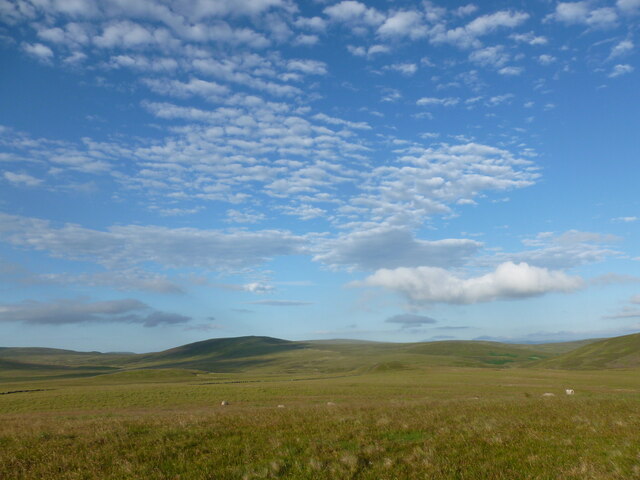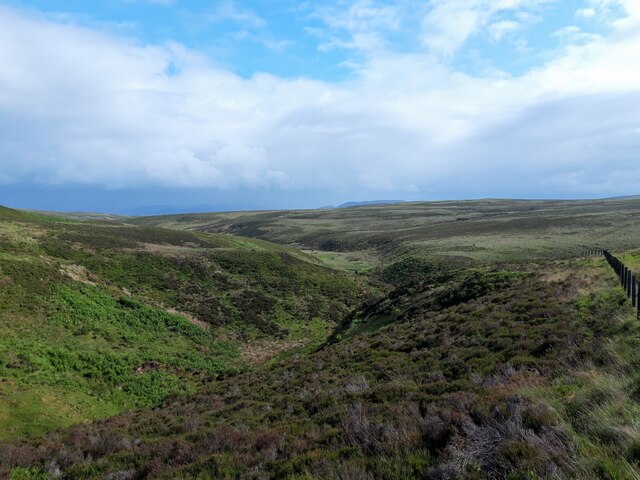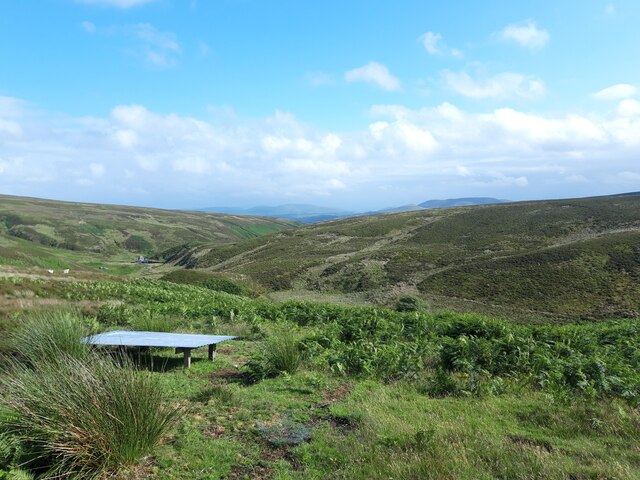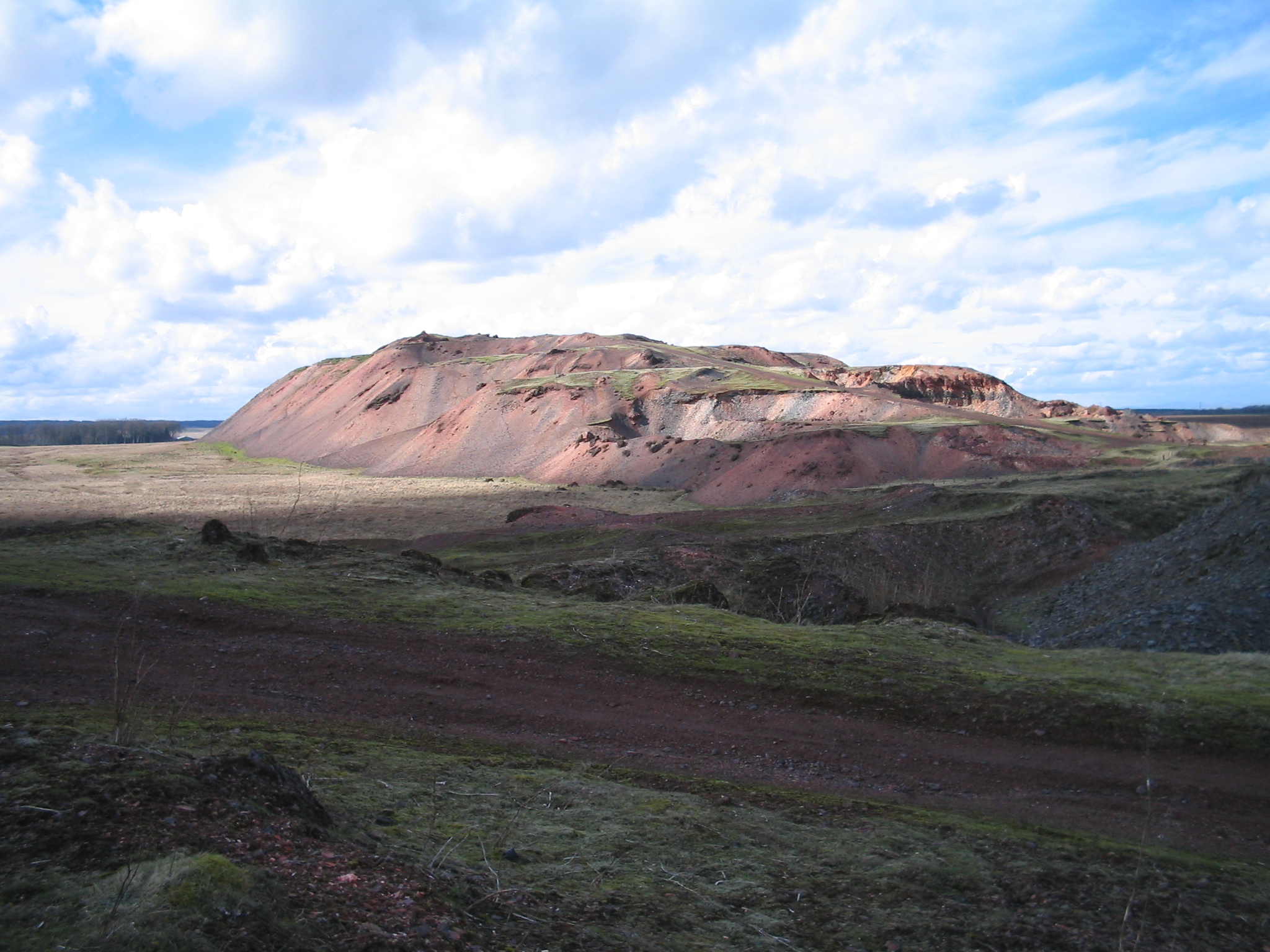Darlees Rig
Hill, Mountain in Lanarkshire
Scotland
Darlees Rig

Darlees Rig, located in Lanarkshire, Scotland, is a prominent hill/mountain standing at an elevation of approximately 630 meters (2,067 feet) above sea level. It forms part of the Southern Uplands range and is situated near the town of Abington.
The hill/mountain is characterized by its distinctive shape and rugged terrain, making it a popular destination for hikers, mountaineers, and outdoor enthusiasts. It offers breathtaking panoramic views of the surrounding countryside, including the picturesque valleys, rolling hills, and distant peaks of the Southern Uplands.
The ascent to Darlees Rig can be challenging, with steep slopes and uneven surfaces, requiring a moderate level of fitness and hiking experience. However, the efforts are rewarded with stunning vistas at the summit, making it a fulfilling experience for adventurers.
The hill/mountain is also home to a diverse range of flora and fauna, including heather, grasses, and various species of birds and small mammals. Its remote location and relatively untouched environment provide a haven for wildlife, attracting nature enthusiasts and birdwatchers.
Darlees Rig is easily accessible, with several hiking trails and paths leading to its summit. The surrounding area offers ample parking facilities and amenities for visitors, ensuring a comfortable and enjoyable experience.
Overall, Darlees Rig in Lanarkshire is a scenic and challenging destination for outdoor enthusiasts, offering stunning views, diverse wildlife, and a rewarding hiking experience.
If you have any feedback on the listing, please let us know in the comments section below.
Darlees Rig Images
Images are sourced within 2km of 55.762535/-3.4914413 or Grid Reference NT0653. Thanks to Geograph Open Source API. All images are credited.





Darlees Rig is located at Grid Ref: NT0653 (Lat: 55.762535, Lng: -3.4914413)
Unitary Authority: South Lanarkshire
Police Authority: Lanarkshire
What 3 Words
///lifted.stunt.soda. Near West Linton, Scottish Borders
Nearby Locations
Related Wikis
Tarbrax
Tarbrax (Scottish Gaelic: "An Tòrr Breac" - meaning "the speckled tor") is a small village in the Parish of Carnwath, South Lanarkshire, Scotland. It...
Little Sparta
Little Sparta is a garden at Dunsyre in the Pentland Hills in South Lanarkshire, Scotland, created by artist and poet Ian Hamilton Finlay and his wife...
Dunsyre
Dunsyre (Scottish Gaelic: Dùn Saghair) is a village in South Lanarkshire, Scotland. It is 10 kilometres (6 mi) from Carnwath. Dunsyre is associated with...
Garvald, South Lanarkshire
Garvald is a small settlement on the boundary between the Scottish Borders and South Lanarkshire, Scotland. == References == The geographic coordinates...
Nearby Amenities
Located within 500m of 55.762535,-3.4914413Have you been to Darlees Rig?
Leave your review of Darlees Rig below (or comments, questions and feedback).















